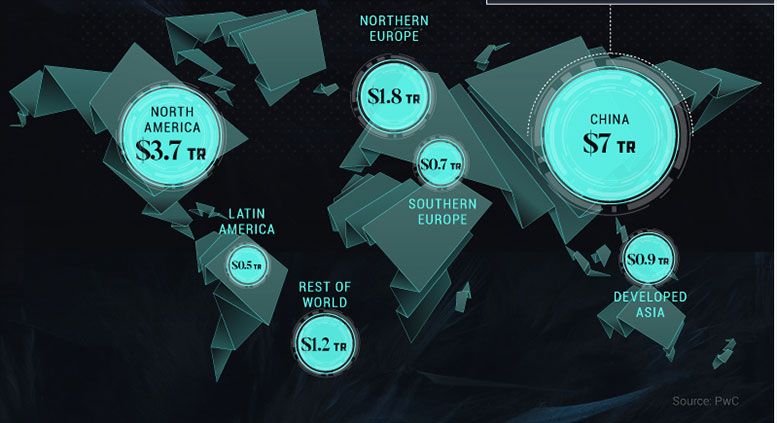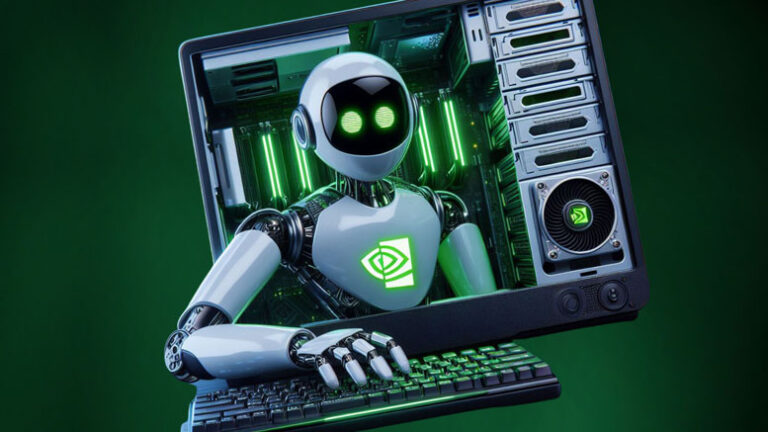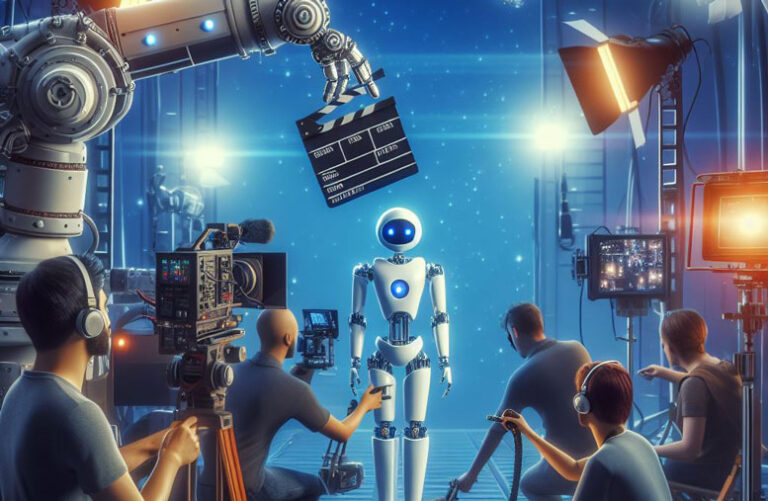AI Tools: Transforming Our World, One Algorithm at a Time
Table of Contents
From composing music to diagnosing diseases, artificial intelligence AI tools are rapidly transforming every facet of our lives.
But what exactly are these tools, and how do they work their magic?
Buckle up, because we’re diving into the exciting world of AI!
What are AI Tools?
Imagine software that learns and evolves like a human brain. That’s the essence of AI tools.
They leverage sophisticated algorithms to analyze vast amounts of data, identifying patterns and making predictions.
Think of them as super-powered assistants, automating tasks, generating creative content, and solving complex problems with remarkable accuracy.
How Do They Work?
AI tools might seem like magic to the average user, but behind the seemingly effortless tasks they complete lies a fascinating interplay of algorithms and data.
Let’s delve into the inner workings of these intelligent tools and unveil the secrets behind their remarkable abilities.
Two main approaches drive AI tools: machine learning and deep learning.
- Machine learning: Imagine an eager student studying textbook examples. This resembles machine learning, where algorithms learn from labeled data, identifying patterns and relationships. Over time, these algorithms improve their performance, like the student who masters specific skills.
- Deep learning: This takes things a step further, borrowing inspiration from the human brain. Deep learning algorithms utilize artificial neural networks, mimicking the interconnected neurons in our brains. These networks process information through multiple layers, allowing for complex tasks like image recognition and natural language processing.
Understanding the Data Fueling the Engine
Data is the lifeblood of AI tools. The quality and quantity of data significantly impact their performance.
Think up training a student with outdated textbooks; the results wouldn’t be optimal.
Similarly, AI tools trained on limited or biased data can lead to flawed outcomes.
Therefore, ensuring responsible data collection and diverse datasets is crucial to building accurate and ethical AI tools.
Putting it all Together
So, how does data translate into real-world applications? Visualize an AI tool analyzing medical images. Here’s a simplified breakdown:
- Data ingestion: X-rays and other medical images are fed into the system.
- Preprocessing: The data is formatted and cleaned for compatibility with the AI model.
- Feature extraction: Key characteristics are identified from the images, like shapes, textures, and patterns.
- Model inference: The AI model, trained on similar data, analyzes the extracted features and makes predictions, such as the presence of disease.
- Output: The tool presents its findings, potentially highlighting areas of concern for the doctor.
Remember, the process is often much more complex.
Different types of AI tools utilize additional techniques and variations of these steps.
However, this simplified explanation provides a foundational understanding of how AI tools process information and arrive at their outputs.
Examples: AI Tools in Action
The applications of AI tools are as diverse as human imagination itself. Here are just a few examples:
- Healthcare: AI analyzes medical images, predicts disease outbreaks, and even assists in robotic surgery. Here we can mention PathAI and Arterys.
- Finance: AI tools that detect fraud, personalize financial advice, and manage stock portfolios. Greip, ChainGPT, and Notreload are some of them.
- Customer service: Chatbots powered by AI answer questions, recommend products, and provide 24/7 support. Here, we can list Netomi, Zendesk AI, Ada and Zoho SalesIQ.
- Creative industries: AI generates music, writes poems, and designs graphic content, pushing the boundaries of artistic expression. The most popular are Midjourney, DALL E, Adobe Firefly and Amper Music.
Economic and Social Impact of AI Tools

The rise of AI tools is generating ripples across the economic landscape, bringing both opportunities and challenges.
On the positive side, AI automates tasks, boosting productivity and efficiency.
For instance, AI-powered logistics systems optimize delivery routes, saving companies time and money.
In manufacturing, AI automates quality control, ensuring consistency and reducing waste.
These advancements translate to economic growth, job creation in new sectors like AI development and data analysis, and increased global competitiveness.
However, concerns regarding job displacement linger.
As AI automates routine tasks, certain jobs could become obsolete.
While some argue that new opportunities will emerge, the transition might be bumpy, requiring workforce retraining and social safety nets.
Additionally, the economic benefits of AI are not evenly distributed.
Tech-savvy companies and industries are poised to reap the biggest rewards, potentially widening the digital divide and exacerbating income inequality.
Therefore, navigating the economic impact of AI requires a nuanced approach.
While embracing its potential for growth and progress, we must address potential downsides through strategic workforce development, responsible AI development practices, and policies that ensure equitable access to its benefits.
By proactively managing the transition, we can leverage AI to create a more prosperous and inclusive future for all.
Ethical Considerations
As AI tools rapidly integrate into our lives, the need for ethical consideration becomes paramount.
While their potential benefits are undeniable, their development and use raise crucial questions about fairness, transparency, and accountability.
- One major concern is algorithmic bias. AI algorithms learn from data, and if that data reflects existing societal biases, the tools can perpetuate them. Imagine a loan approval system trained on biased data, leading to unfair denials for certain groups. Addressing this requires diverse datasets, human oversight, and ongoing monitoring to identify and mitigate bias.
- Transparency and explainability are another key ethical challenge. Understanding how AI tools reach their conclusions is crucial for building trust and ensuring accountability. However, complex algorithms can be like “black boxes,” making it difficult to understand their decision-making process. This raises concerns about potential misuse and reinforces the need for explainable AI development.
- Privacy and data security are additional considerations. AI tools often rely on vast amounts of personal data, raising concerns about its collection, storage, and potential misuse. Robust data protection laws, user consent, and anonymization techniques are crucial to safeguard privacy and security.
Overall, navigating the ethical landscape of AI tools requires a multi-pronged approach.
Collaboration between developers, policymakers, and users is essential.
We need ethical frameworks, responsible development practices, and ongoing public discourse to ensure AI benefits all of humanity.
The Future: A Symbiotic Relationship
AI is here to stay, and its future holds immense potential.
We can expect advancements in natural language processing, robotics, and even artificial general intelligence (AGI) – machines with human-level understanding and reasoning.
One prominent trend lies in the continued advancement of existing AI technologies.
Natural language processing will likely reach human-like fluency, enabling seamless communication with AI assistants and chatbots.
Deep learning algorithms will likely achieve even greater sophistication, tackling complex problems previously deemed intractable, from drug discovery to climate change modeling.
Meanwhile, robotics will likely become increasingly dexterous and autonomous, automating complex tasks in various industries.
The rise of Artificial General Intelligence (AGI), machines capable of human-level intelligence and reasoning, remains a topic of debate.
While some experts believe AGI is decades away, others anticipate its arrival sooner.
Regardless of the timeline, the potential societal and ethical implications of AGI warrant serious consideration and proactive discussions.
Another crucial aspect of the future lies in the integration of AI tools with various aspects of our lives.
We can expect AI-powered personalized learning, intelligent transportation systems, and even AI-assisted healthcare diagnoses.
However, navigating the ethical considerations of data privacy, algorithmic bias, and job displacement remains critical.
The future of AI tools also presents exciting opportunities for collaboration and creativity.
Picture artists leveraging AI to compose music in new styles, writers collaborating with AI to craft compelling narratives, or scientists utilizing AI to accelerate research and development.
These partnerships between humans and AI hold immense potential for innovation and progress.
The key lies in embracing AI responsibly, fostering a collaborative relationship between humans and machines where technology empowers us to build a better future.
FAQs
What are the different types of AI tools?
There are various types, including natural language processing tools, computer vision tools, and recommender systems. Each specializes in tackling specific tasks.
Are AI tools a threat to my job?
While some jobs may be automated, new opportunities will emerge. Adapting to a changing landscape by acquiring new skills is crucial.
Can AI tools be creative?
Yes! AI can generate creative text formats, compose music, and even design art. However, human input and guidance remain essential for true creative expression.
How can AI tools be used for social good?
Many AI initiatives tackle societal challenges:
- Climate change: Optimizing energy use, predicting extreme weather events, and developing sustainable solutions.
- Education: Personalizing learning experiences, identifying students at risk, and providing language translation tools.
- Healthcare: Early disease detection, drug discovery, and personalized medicine.
- Social justice: Identifying and mitigating bias in algorithms, promoting fair hiring practices, and facilitating communication across diverse communities.
What are the potential risks of bias in AI tools?
Biased algorithms can perpetuate social inequalities, leading to discriminatory outcomes in areas like loan approvals, credit scoring, and criminal justice. This highlights the importance of:
- Diverse datasets: Training AI models on biased data leads to biased outputs. Ensuring diverse and representative datasets is key.
- Human oversight: Algorithms are tools, not infallible decision-makers. Human judgement, especially when addressing ethical concerns, remains essential.
What are some resources for learning more about AI Tools?
- Websites: The Verge, MIT Technology Review, Unite.ai
- Blogs: Google Ai Blog, RunwayML, OpenAI Blog
- YouTube channels: Two Minute Papers, Lex Fridman, Yannic Kilcher
- Books: Artificial Intelligence: A Modern Approach by Stuart Russell and Peter Norvig
The Creativity Code: Art and Innovation in the Age of AI by Marcus du Sautoy






